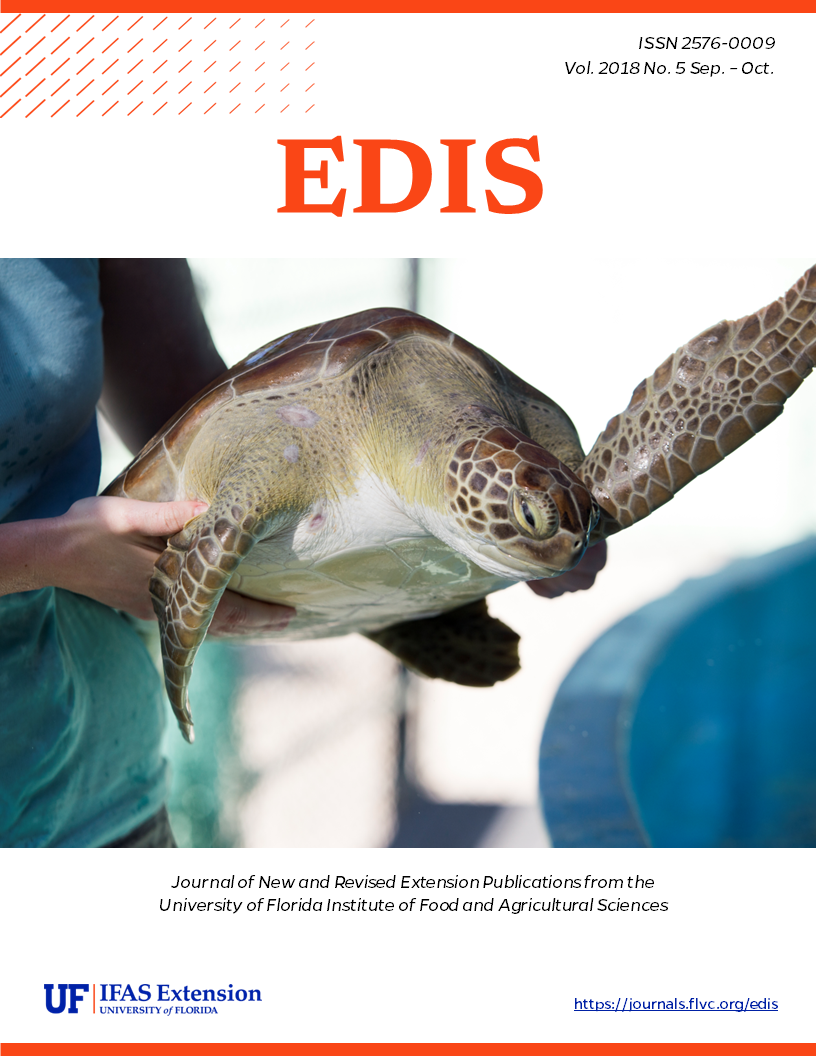Abstract
Coastal groundcherry occurs on beach dunes, coastal grasslands, coastal scrub, and disturbed areas. This plant
is found throughout coastal counties on the west coast of Florida—except for the Big Bend region and the extreme southeasternmost counties—and more broadly west to Louisiana. Threatened and endangered beach mice and many other animals rely on this plant as a food source. Plants can be longed-lived and form relatively thick tuberous roots. Coastal groundcherry can hybridize with other Physalis species, particularly with P. viscosa, and has long frustrated plant taxonomists because of the inherent variation within the genus (Sullivan 1985).
https://edis.ifas.ufl.edu/sg180
This publication is derived from information in SGEB-75/SG156, Dune Restoration and Enhancement for the Florida Panhandle, by Debbie Miller, Mack Thetford, Christina Verlinde, Gabriel Campbell, and Ashlynn Smith. https://edis.ifas.ufl.edu/sg156.
References
Sullivan, J.R. 1985. "Systematics of the Physalis viscoa complex (Solanaceae)." Systematic Botany 10(4):426-444. https://doi.org/10.2307/2419136
Van Der Valk, A.G. 1974. "Environmental factors controlling the distribution of forbs on coastal foredunes in Cape Hatteras, National Seashore." Canadian Journal of Botany 52:1057-1073. https://doi.org/10.1139/b74-135
Unless otherwise specified, articles published in the EDIS journal after January 1, 2024 are licensed under a Creative Commons Attribution-NonCommercial-NoDerivs 4.0 International (CC BY-NC-ND 4.0) license.

